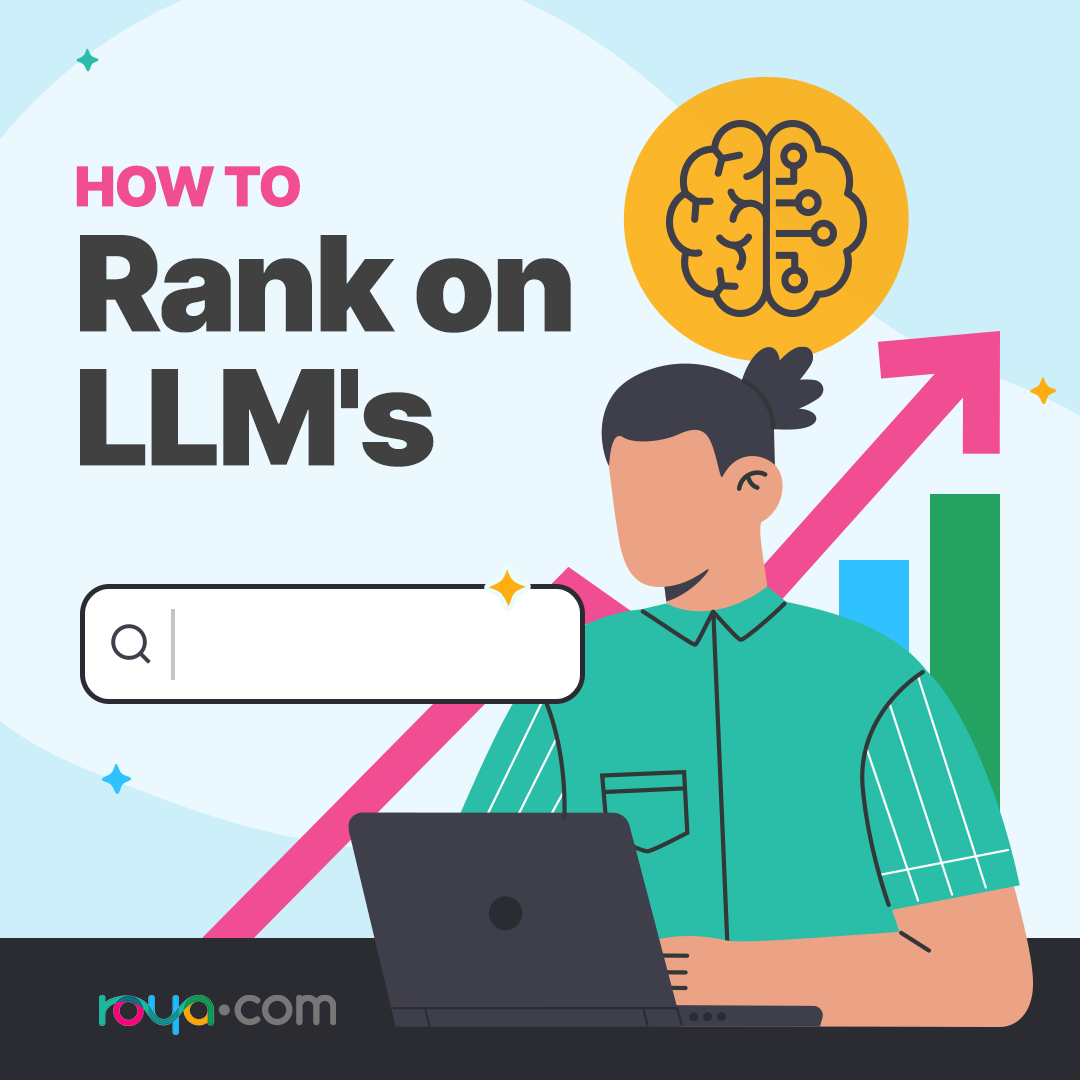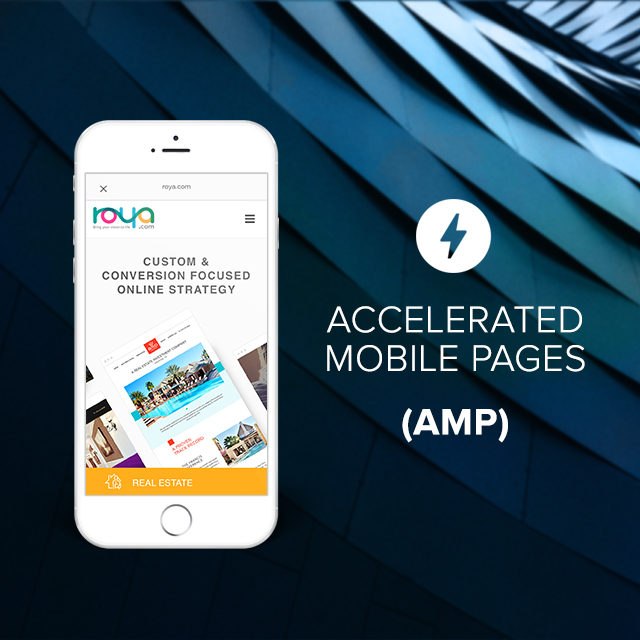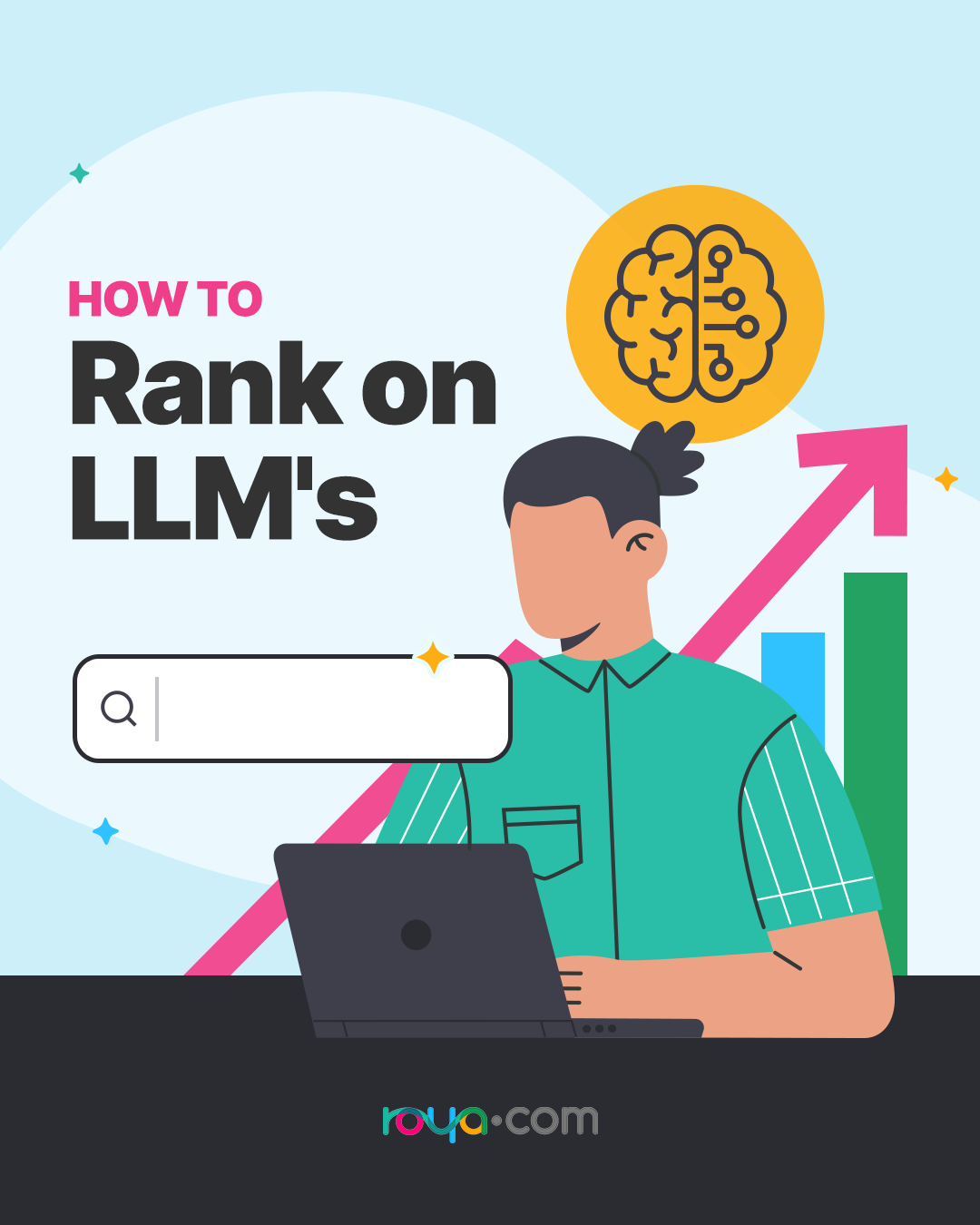
The digital storefront for local businesses is evolving faster than ever. It's no longer enough to "have a website" listed in a few directories that show up near the top of Google Search Results. Success in 2026 demands a shift from passive SEO to proactive optimization to meet the needs of 2026 digital marketing trends.
The battle for visibility has fundamentally changed: it’s moving from the classic ten blue links to conversational AI summaries, visual search results, and voice assistant answers. This seismic shift is compounded by the rising cost of traditional advertising and increasingly strict consumer privacy laws.
Is your online presence merely surviving on the old rules, or is it optimized to thrive in this new era?
This masterclass of a blog outlines the essential strategies you need to know right now, like cutting-edge Generative Engine Optimization (GEO), Answer Engine Optimization (AEO), and timeless principles of trust and ROI.
Key Digital Marketing Trends: Optimizing for AI and Multimodal Search
AI systems (like Google’s AI Overviews, Gemini, and other conversational platforms) are rewriting the rules of online visibility. These platforms prioritize content that is authoritative, well-structured, and provides direct, concise answers. To win in this space, you must focus on Generative Engine Optimization (GEO).
1. Optimizing Your Website for Visibility on AI Platforms
AI acts as a sophisticated content curator, rewarding websites that clearly demonstrate Authority, Structure, and Direct Answers (often summarized as E-E-A-T: Experience, Expertise, Authoritativeness, and Trustworthiness).
Structure Content for AI Extraction: AI thrives on organized information. Use headings that are phrased as direct questions. Immediately follow the heading with a clear, concise answer (ideally under 30 words) that the AI can easily lift and present in a summary. This is often called the "inverted pyramid" for AI content.
Technical Structured Data (Schema Markup): This is your communication channel with the machines. Implement Schema Markup (especially for FAQPage, HowTo, and LocalBusiness) to give search engine crawlers a clear, machine-readable map of your business, services, and content relationships.
The llms.txt file is a simple text file, placed in your website's root directory, that helps guide LLMs to your most important content.
2. Voice Search Optimization: Mastering Conversational SEO
The expanding use of smart speakers and mobile voice assistants, like Siri, means that users are increasingly speaking their search queries in natural, conversational language. Since a voice search often produces only one definitive answer, the competition for that single spot is fierce.
Target Conversational Keywords and Long-Tail Queries: Shift your focus from short, stiff keywords (e.g., "eyeglasses repair Denver") to natural language questions (e.g., "Who can fix my eyeglasses near me today?"). Use keyword research tools, like Google Trends, to identify these common questions.
Prioritize Speed and Mobile Experience: Voice answers must be instant. Your website needs to load in under 3 seconds and be impeccably mobile-responsive to be chosen for a voice answer. Google prioritizes user experience above all else.
Optimize Your Google Business Profile (GBP): Voice searches rely heavily on accurate, complete GBP information. Ensure your NAP (Name, Address, Phone) is consistent across every online directory.
3. Search Image Optimization: Visibility in a Visual World
AI and search engines are becoming sophisticated at interpreting visual content. Your images are no longer just decorative; they are now search entry points through tools like Google Lens and visual search results.
Descriptive File Names & Alt Text: This is non-negotiable. Use relevant keywords in your file names (e.g., best-local-dental-veneers.jpg instead of IMG001.jpg). Your Alternative Text (Alt Text) must clearly describe the image content for accessibility and AI context.
Compress and Use Next-Gen Formats: Use modern, compressed formats like WebP and ensure images are under 100KB to maintain the necessary speed for user experience and SEO.
Reinforce Image Context: Place images near relevant headings and copy. The surrounding text, captions, and title of the page help AI and visual search engines fully understand the image's purpose and relevance.
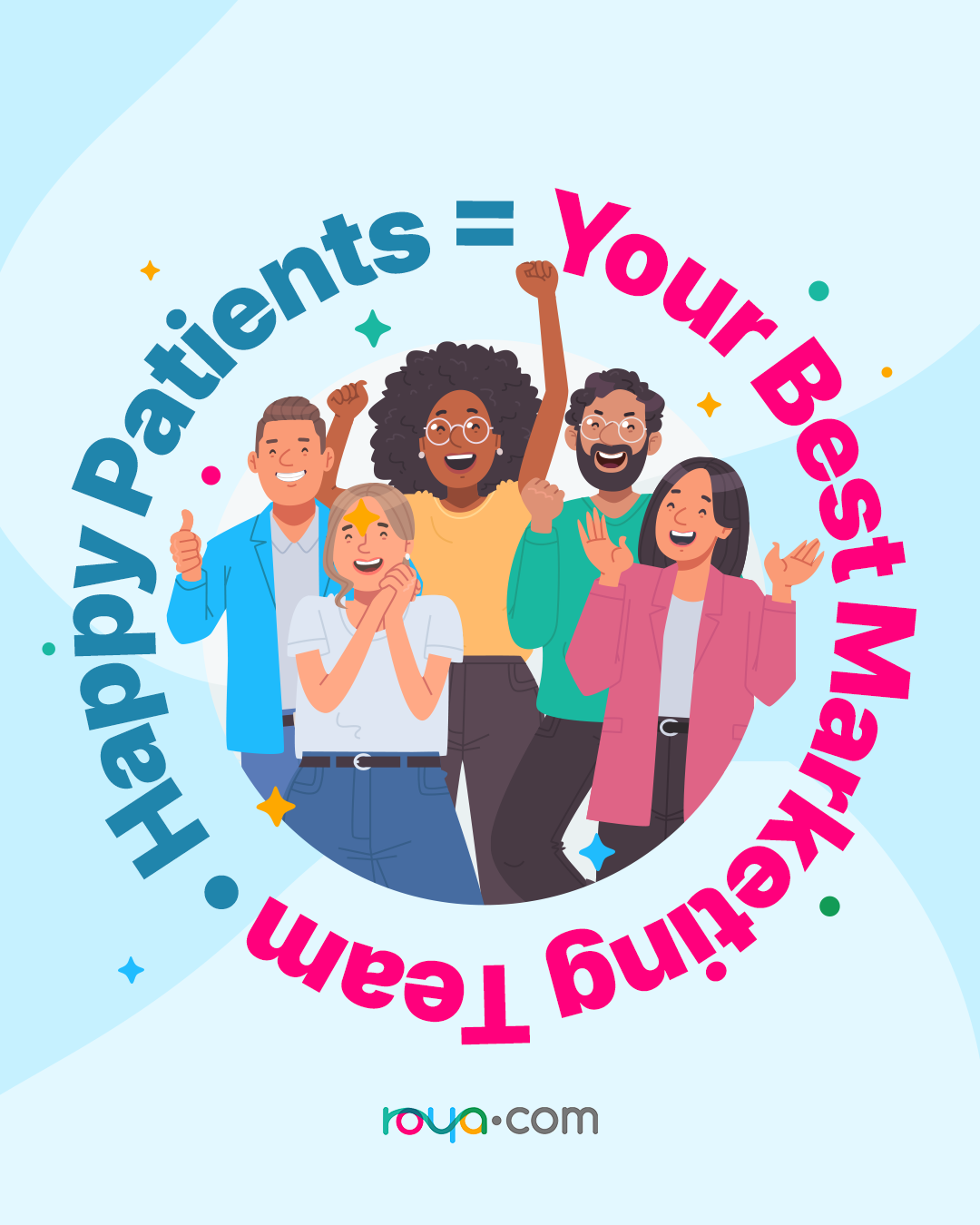
Part II: The Foundation — Trust, Privacy, and Reputation
The shift to a Privacy-First digital landscape is redefining how local businesses connect with customers. Since mass data tracking is fading, success belongs to the businesses that move from tracking their audience to earning their trust through visible quality and direct, valuable engagement.
The 3 Pillars of Post-Privacy Marketing for Local Businesses
As consumers demand more control over their data, your greatest competitive advantage in 2026 is authenticity and trust.
1. Video & Interactive Content: Educate & Engage
The static webpage is being replaced by dynamic, engaging experiences that build trust without relying on excessive user tracking.
What to do: Embed high-quality videos (FAQs, tutorials, local expertise) and integrate interactive quizzes or calculators on your service pages.
Website Impact: Rich media increases time on site and demonstrates expertise, which feeds directly into the AI's E-E-A-T ranking factors.
2. Reputation Management: Start with Google Reviews
In the local economy, your reputation is your currency. Google Reviews are the undisputed king of social proof.
What to do: Implement a proactive strategy to encourage happy customers to leave reviews and respond to all reviews promptly and professionally.
Website Impact: Showcase your best reviews prominently on your homepage. A strong review profile is critical for Local Map Pack visibility and reinforces trust before a customer contacts you.
3. Referral Marketing: The Growth Feedback Loop
Since third-party data is less reliable, authentic referrals are more valuable than ever. Happy customers are your most powerful, cost-effective sales force.
What to do: Create simple, rewarding referral programs. Make it easy for loyal customers to share their positive experiences.
Website Impact: Use your website to share success stories and feature the referral program clearly, reinforcing community trust.
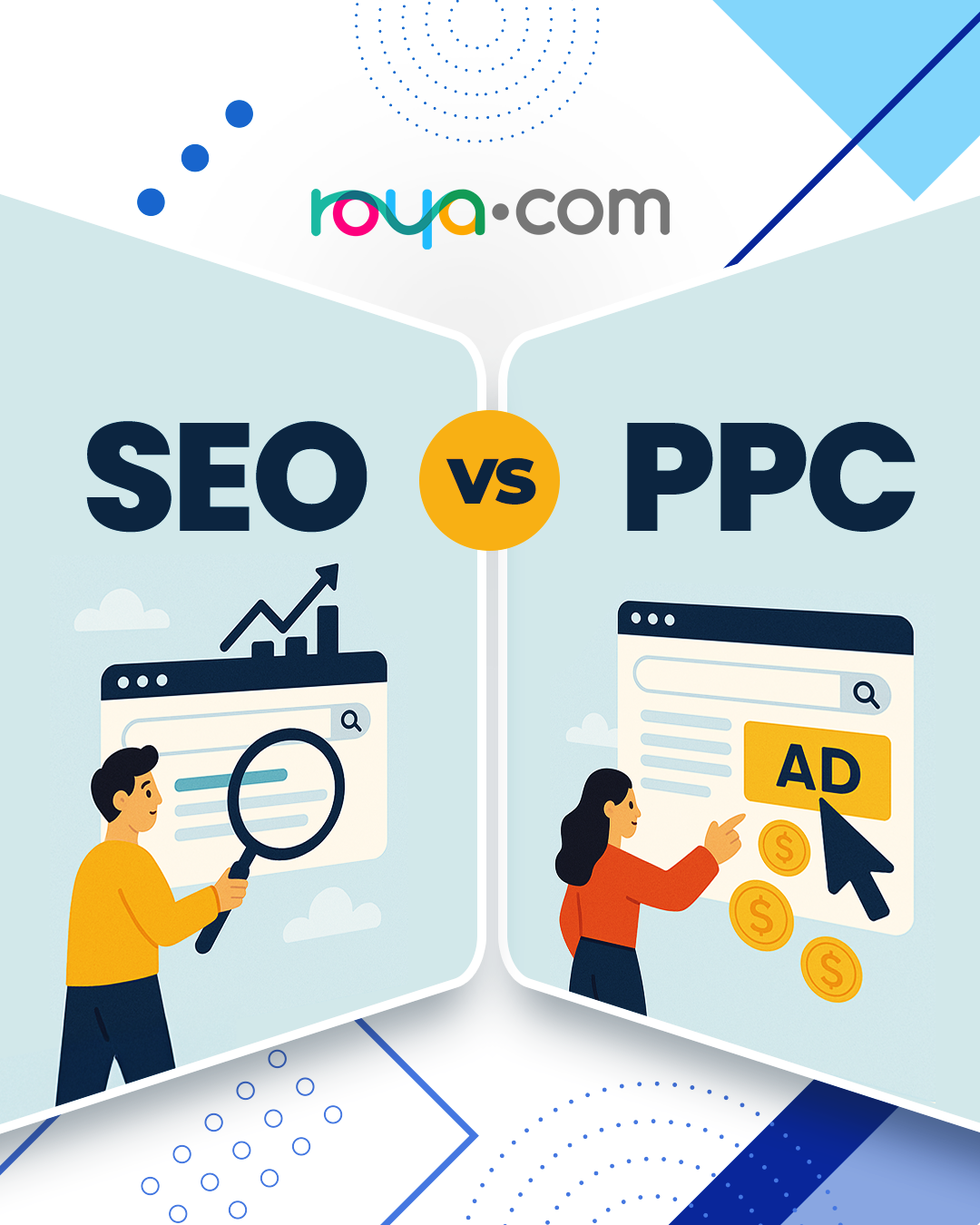
Part III: Maximizing Your ROI: Spending Smarter, Not Harder
You've established trust and optimized for cutting-edge search. Now, you must ensure every dollar you spend drives maximum return. With escalating costs for traditional online advertising (social media, Google Search PPC), efficiency is more important than ever before.
The Highest-ROI Channels for Local Businesses
This section cuts through the noise to focus on channels that prioritize immediate proximity and verified trust to convert budget into high-quality, pre-qualified leads with minimal waste.
1. Hyper-Local "Near Me" Marketing: Capitalizing on Buyer Intent
When a potential customer needs a service now, they search using a variation of "near me." This search behavior represents the peak of a buyer's intent.
What to do: Dedicate resources to rigorously optimizing your Google Business Profile (GBP). Use localized, long-tail keywords on your website that include street names, neighborhoods, and specific service areas.
Website Impact: Your website must be mobile-first and load instantly. Ensure you have dedicated landing pages for each primary service area you target.
2. Google’s Local Services Ads (LSAs): Pre-Qualified Leads
For service-based local businesses, LSAs offer a phenomenal ROI advantage. These "Google Guaranteed" ads appear at the very top of search results, above traditional paid and organic results, and you only pay when a customer calls or messages you directly (a highly qualified lead).
What to do: Get Google Verified. Optimize your LSA profile with professional photos, consistent service descriptions, and prompt lead management.
Website Impact: While the ad directs to a profile, customers will often visit your website to confirm credentials. Ensure your site immediately reinforces the trust established by the "Google Guaranteed" badge.
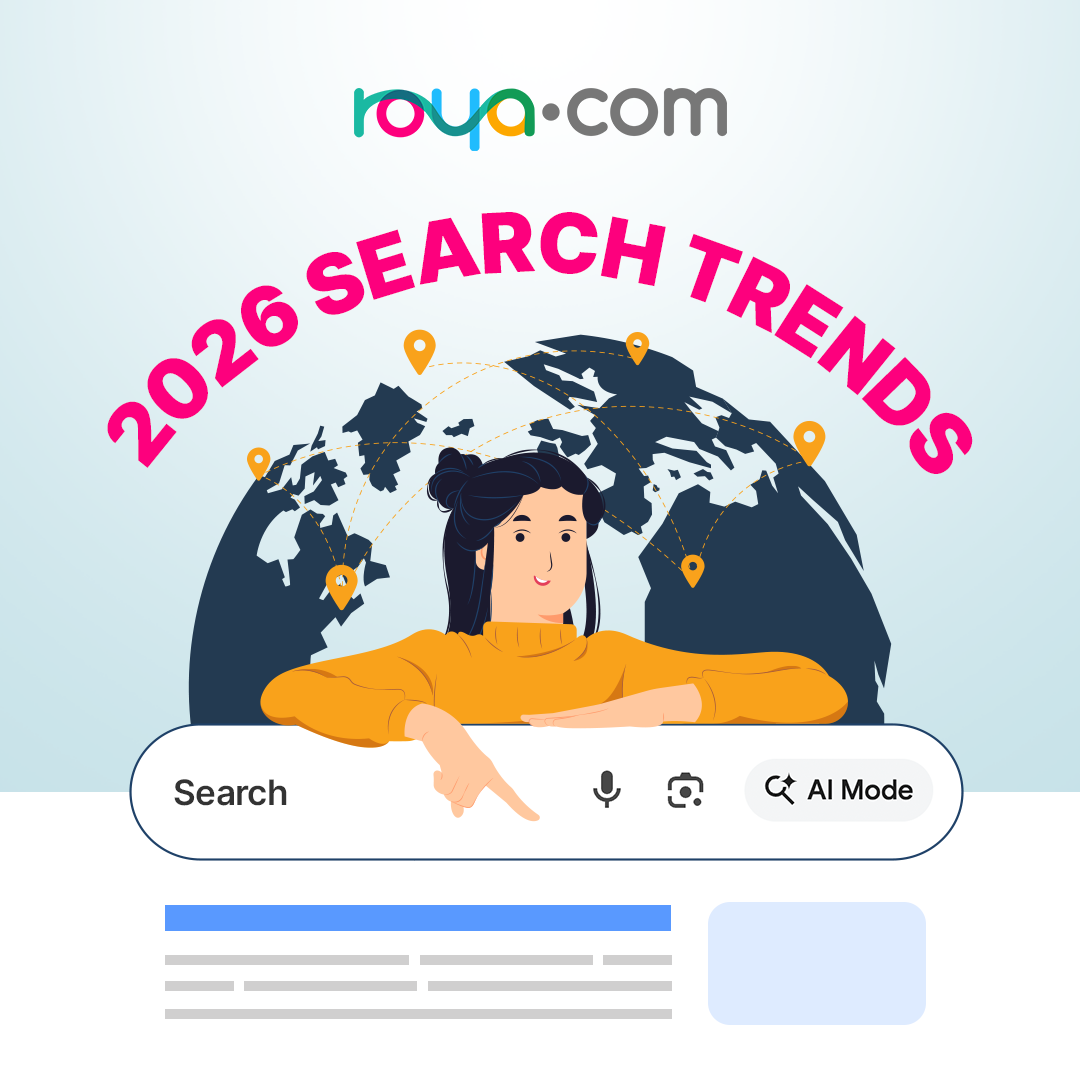
Key Takeaways for 2026 Website Readiness
To immediately future-proof your local business, focus on these five critical areas:
Adopt GEO (Generative Engine Optimization) & AEO (Answer Engine Optimization): Structure your content with question-based headings and concise answers to be chosen for AI summaries.
Implement Schema Markup: Use technical code to clearly signal your business details and content purpose to search engine crawlers and AI systems.
Prioritize Speed and Mobile: Ensure your website loads in under 3 seconds and is perfectly mobile-responsive to win voice search and improve user experience.
Dominate Local Signals: Rigorously maintain your Google Business Profile (GBP) and optimize your pages for "near me" and hyper-local searches.
Build Trust Signals: Make Google Reviews, transparent policies, and referral programs central to your online strategy to compensate for fading third-party data.
Frequently Asked Questions (FAQ)
Q: What is Generative Engine Optimization (GEO)?
A: GEO is the evolution of SEO designed to ensure your content is visible within the new, conversational search interfaces driven by AI models (like Gemini or ChatGPT). It focuses on providing direct, authoritative answers using structured data and question-based headings so that AI can easily quote your site as the source in its summaries.
Q: How do I know if my website is fast enough for Voice Search?
A: Use Google’s PageSpeed Insights tool. For local businesses, a key benchmark is achieving a Largest Contentful Paint (LCP) of under 2.5 seconds on mobile devices. Voice searches are often answered instantly, meaning slow-loading sites will be filtered out.
Q: Is it worth investing in Local Services Ads (LSAs) if I already do Google PPC?
A: Yes. LSAs appear above traditional PPC text ads and function on a pay-per-lead model, meaning you only pay when a customer contacts you. They also carry the "Google Guaranteed" badge, which instantly provides a higher level of trust than standard PPC. The ROI is often significantly higher for high-intent, service-based businesses.
Q: How do I get more Google Reviews if customers forget?
A: The most effective method is to make the request part of your standard closing process. Use automated tools or simple text messages/emails that link directly to your Google Review form immediately after the service is completed, when customer satisfaction is highest. Never offer financial incentives, as this violates Google's policies.
Q: What is Schema Markup, and is it too technical for a local business owner?
A: Schema Markup is code you place on your website to help search engines understand the meaning and context of your content. If the technical implementation is too intimidating, consider working with an experienced website partner.




